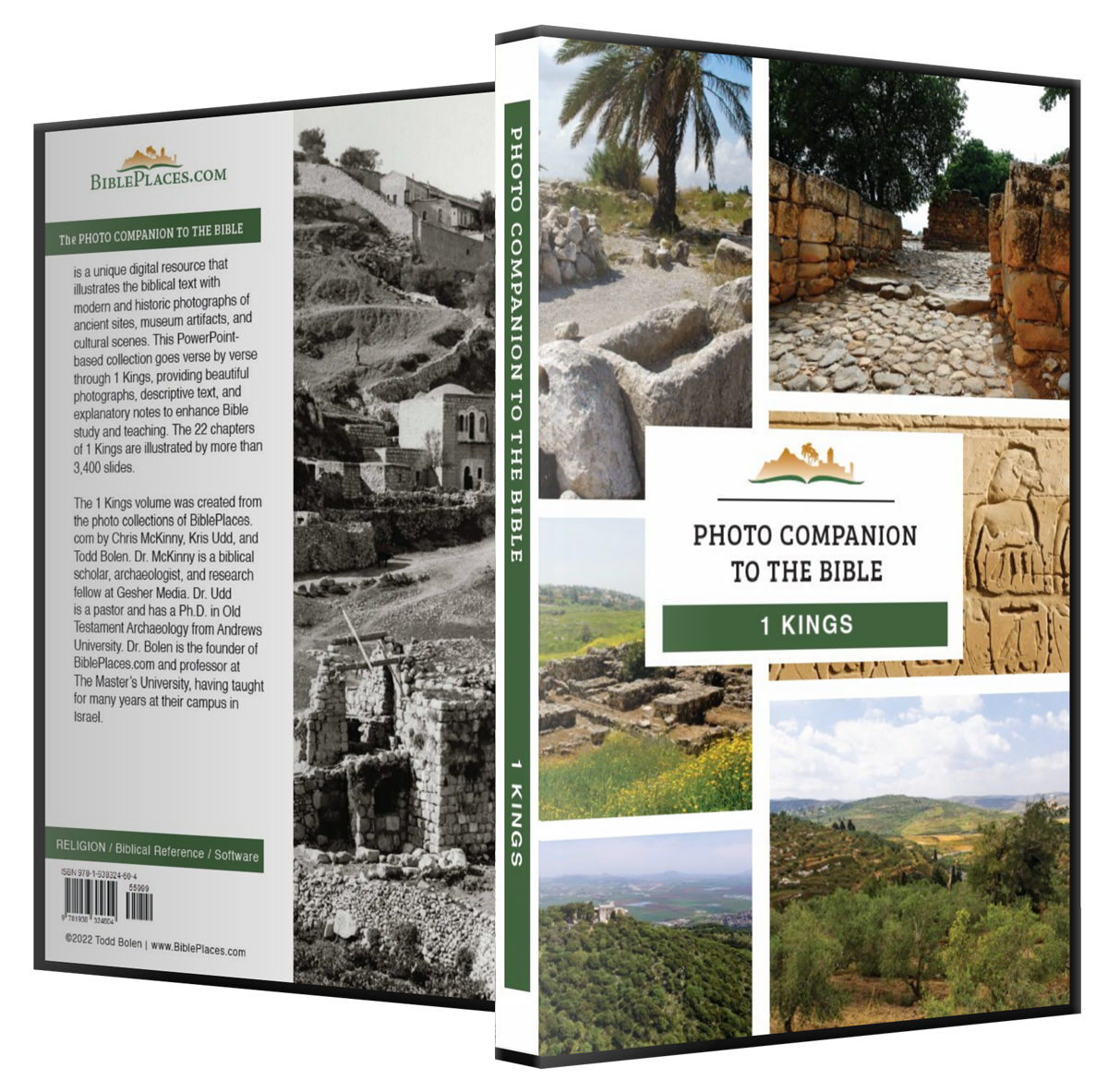And they found Abishag the Shunammite and brought her to the king (1 Kings 1:3).
The appellative “Shunammite” indicates that Abishag was from the town of Shunem. The ancient site of Shunem is identified with the modern Arab village of Sulam/Sulem. It is situated in the Harod Valley on the south of the Hill of Moreh. The border between Issachar to the north and Manasseh to the south appears to have passed along the Harod Valley, placing Shunem, the Hill of Moreh, and Nain in the territory of Issachar (Josh 19:18).





